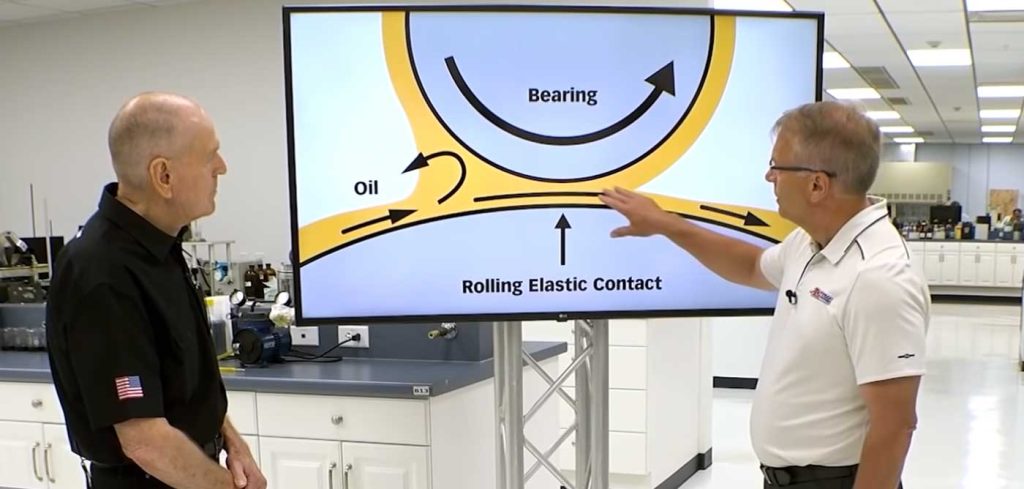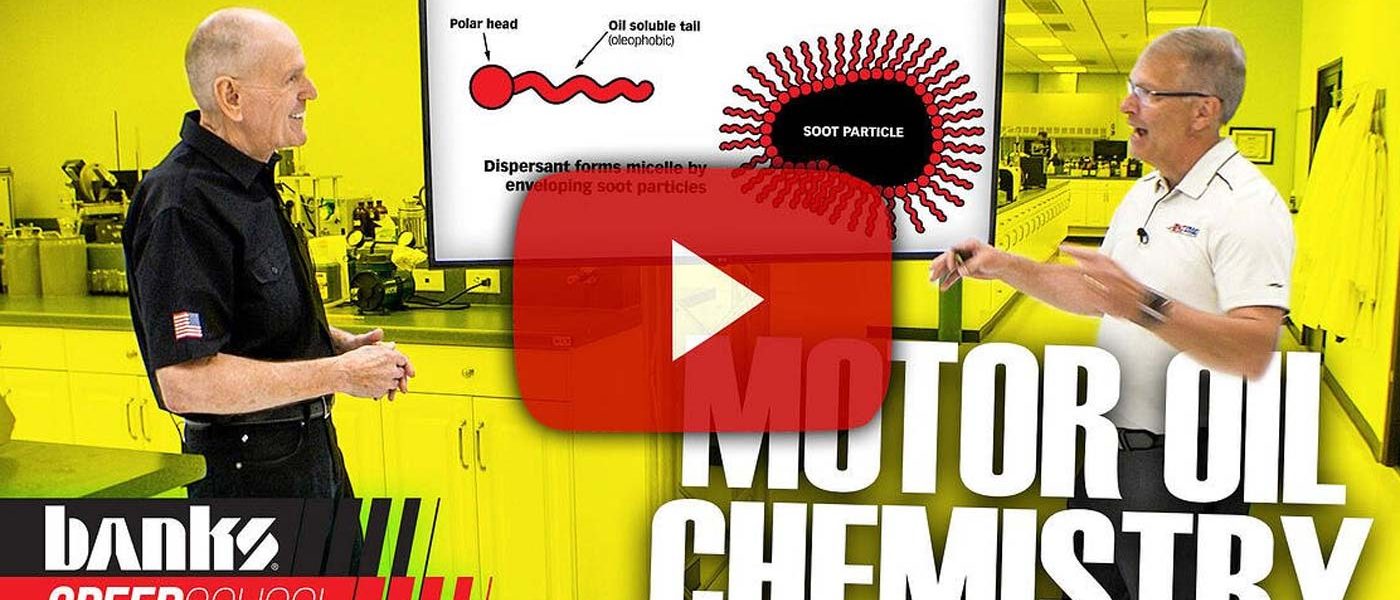Synthetic motor oil | SPEED SCHOOL Ep 2
Gale Banks continues his lubrication education as he dives deep into synthetic motor oil chemistry. What raw materials and additives are used and why? These are just a few of the questions he aims to answer during his in-depth tour of AMSOIL’s chemical laboratory.
00:00 Intro
01:20 Lubricant’s primary role
04:08 Base oil basics
11:47 ZDDP chemical structure
13:37 ZDDP protective layer
15:43 Saturated molecules
17:11 Paraffins
17:47 Napthenes
18:57 Aromatics
19:52 Polyalphaolefins
23:04 Dispersants and soot
25:30 Detergents
27:21 Rust inhibitors
29:39 Requirements of 5W30
37:41 Motor oil comparison
Gale talks about parasitic loss and how it affects fuel economy with the experts at AMSOIL. The correct viscosity for the application is important when choosing a synthetic motor oil.

Another viewer question they answer is what’s the difference between a synthetic motor oil and a conventional one. It’s generally one of the most frequently asked questions.
On episode 3: How does motor oil get its winter viscosity rating like 5W, 10W, etc? Conversely, are foam and aeration tested? How does it hold up to severe oxidation and what corrosion protection does it offer? What effect do oil additives have on the metals they claim to protect? These are just a few of the questions answered as Gale Banks continues his lubrication education in Speed School. Because there was so much to learn that his lubrication education was edited into 4 parts. Don’t miss an episode, be sure to subscribe!


